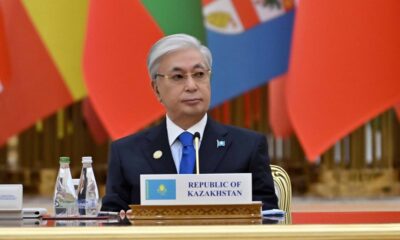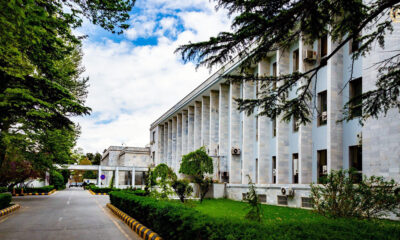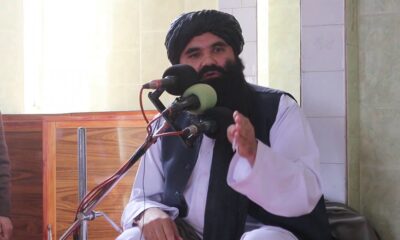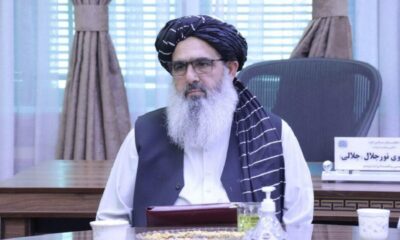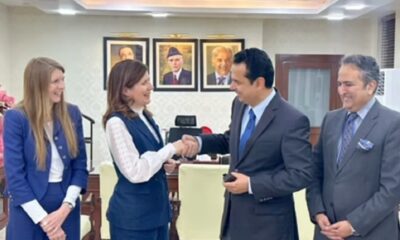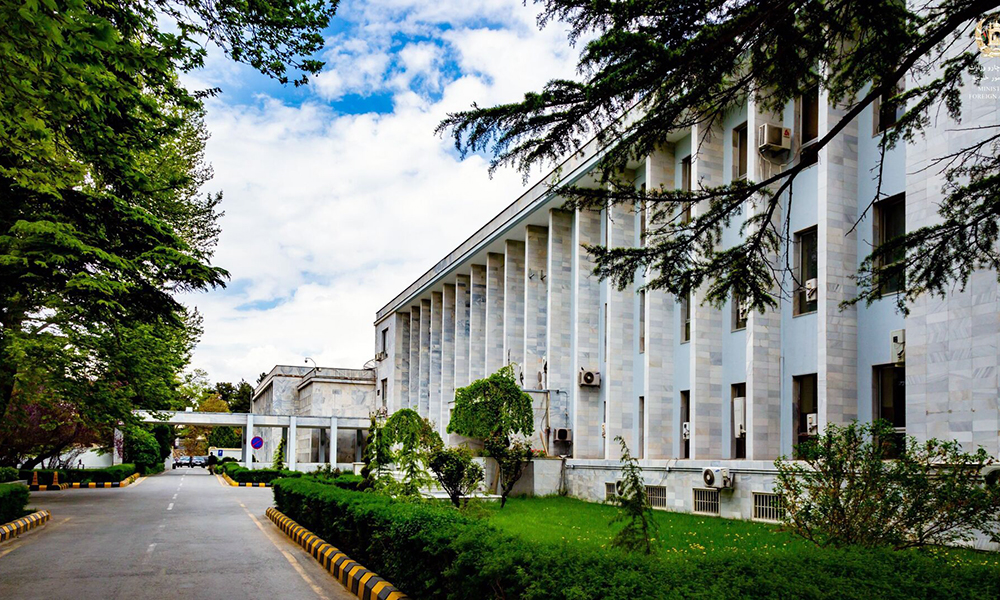Latest News
A look back at major security developments in Afghanistan in 1400

As the solar year 1400 comes to an end, Ariana News looks back at major security developments that took place in the country over the last 12 months.
Early in the year, fighting in Afghanistan escalated as foreign troops worked towards an end-August withdrawal date following the 2020 deal between the United States and the Islamic Emirate of Afghanistan (IEA).
IEA seized control of 24 districts in the first quarter of the year and were fighting for control in other districts.
Most of the districts seized by IEA were in the northern parts of the country, including Teshkan, Tagab, Darayem, Keshm, Warduj, Shahr-i-Buzurg, Raghestan, Jurm, Yaftal and Kalafkan.
During the period that the districts fell to the IEA, coalition members including Portugal, Slovenia, Spain and Sweden pulled out all their troops from the country.
IEA then stepped up its attacks to an extent that it stalled intra-Afghan peace talks.
On 11 Asad (August 2), parliament convened an emergency session where then president Ashraf Ghani called on the public to stand up against the IEA.
Fighting escalated however after Ghani’s appeal and just three days later, the IEA took control of the provincial capital Zaranj in the southern province of Nimroz.
In the north, more districts were coming under the control of IEA. Ghani travelled to northern Balkh province twice. There, he met with former Balkh Governor Ata Mohammad Noor and former Vice President Abdul Rashid Dostum to discuss ways to contain the IEA’s advance.
In the week following the seizing of Zaranj, the IEA also took the provincial capitals of Herat, Ghazni, Helmand, Kandahar and Ghor.
The offensive culminated with the capture of capital Kabul on 24 Asad (August 15), and the total collapse of the Ghani government.
While the fighting took a heavy toll on both parties, the number of casualties among civilians was also high.
According to a UN report, 1,659 civilians were killed and 3,523 others were wounded in the first half of 2021.
The report said that 39 percent of civilian deaths were caused by the IEA, while government forces were responsible for 23 percent of the deaths.
Looking at data on military deaths, 405 government forces were killed in the month of Sawr (May), and 703 in Jawza (June).
On the other hand, the defense ministry of the then government had announced that IEA lost 2,146 of its members in Sawr and 1,535 in Jawza, figures that were denied by IEA.
The conflict ended in Afghanistan once the IEA took over the capital, however, security incidents continued to cause civilian casualties.
As many as 200 civilians were killed outside the Kabul airport in an explosion claimed by Daesh during the chaotic foreign troop withdrawal process.
Latest News
Continued aid to Afghanistan vital for regional security: Kazakh president
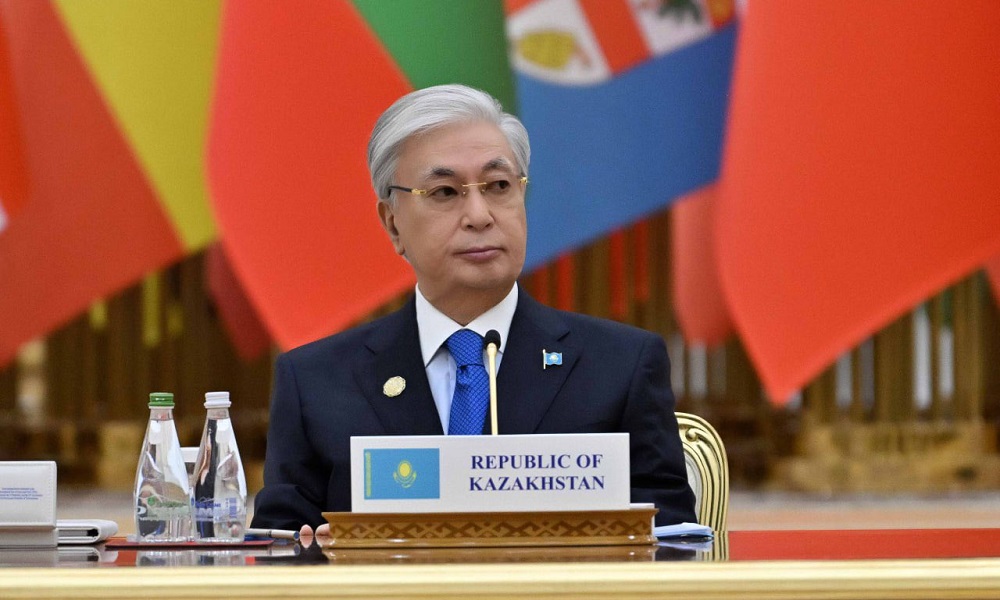
Kazakhstan’s President Kassym-Jomart Tokayev has emphasized the continuation of humanitarian assistance to Afghanistan, stating that the ongoing provision of such aid plays an important role in ensuring regional security.
Speaking at the international conference “Peace and Trust” in Ashgabat, the capital of Turkmenistan, Tokayev described addressing complex humanitarian challenges and the reconstruction of Afghanistan as a necessity.
“To ensure regional security, we consider it essential to continue providing assistance to Afghanistan, including by strengthening international efforts to address complex humanitarian issues and the reconstruction of this country. Kazakhstan remains committed to supporting the people of Afghanistan through humanitarian aid, educational projects, trade development, and food security initiatives,” he said.
Meanwhile, experts believe that sustainable improvement of the humanitarian situation in Afghanistan requires broad cooperation from the international community and support for the country’s economic development.
“Investment can be defined as one of the fundamental drivers of the economic cycle, and whenever Afghan traders do not take their money out of the country and instead invest domestically, it naturally leads to greater growth and dynamism in Afghanistan’s economy,” said Abdul Zahoor Modabber, an economic analyst.
As the humanitarian crisis in Afghanistan continues, reports by international relief organizations indicate that millions of citizens of the country are in urgent need of food, health, and livelihood assistance.
The reduction in funding for aid organizations, the impacts of climate change, and the return of migrants have increased concerns about a further deterioration of the humanitarian situation in the country.
Latest News
Islamic Emirate declines to attend Tehran meeting on Afghanistan
Latest News
Sirajuddin Haqqani: A government that intimidates its people is not a true government
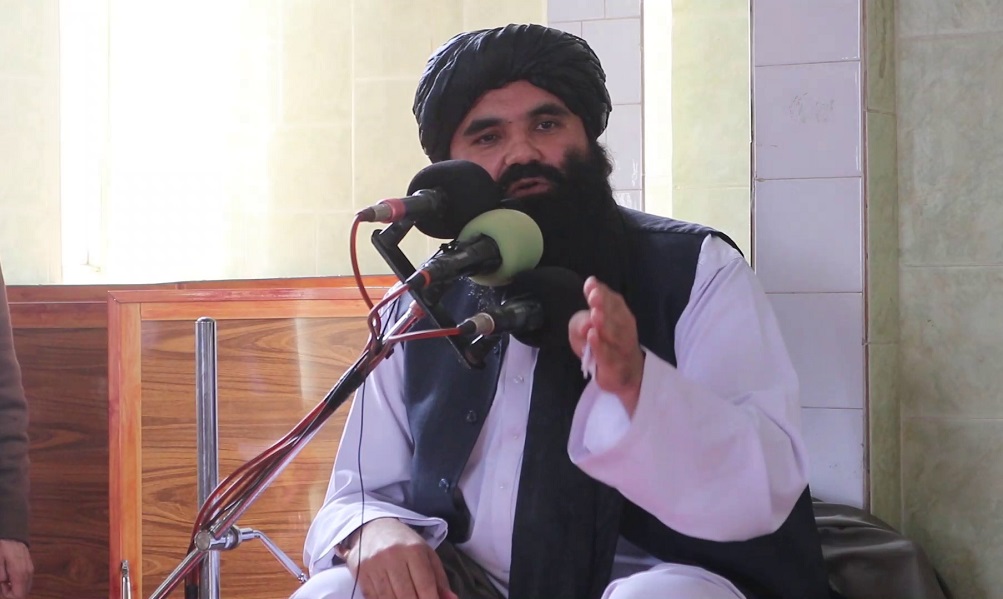
Khalifa Sirajuddin Haqqani, Minister of Interior of the Islamic Emirate of Afghanistan, said during a visit to Khost province on Friday that any government which rules through fear cannot be considered a true government.
“A government is one that is loved by its people, one that serves them with respect and compassion, and from whose behavior people learn ethics and sincerity,” he said.
Haqqani also stressed that Afghans who opposed the Islamic Emirate in the past should be tolerated and treated in a way that helps eliminate hostility and animosity, paving the way for national cohesion.
-

 Sport4 days ago
Sport4 days agoILT20: Desert Vipers edge Gulf Giants in historic super over thriller
-
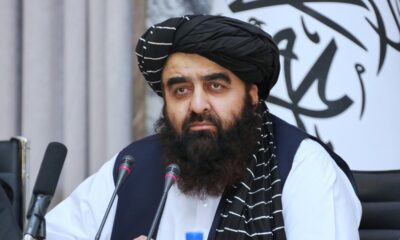
 Latest News2 days ago
Latest News2 days agoMuttaqi: Afghanistan’s progress requires both religious and modern education
-

 Regional4 days ago
Regional4 days agoSix Pakistani soldiers killed in TTP attack in Kurram District
-

 Business4 days ago
Business4 days agoTrade bodies warn almost 11,000 Afghan transit containers stuck at Karachi port
-
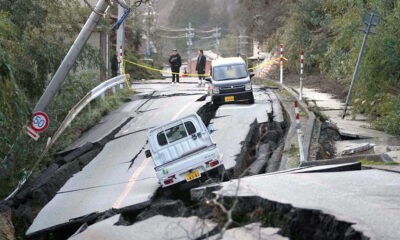
 World4 days ago
World4 days agoPowerful 7.6 earthquake hits northern Japan, tsunami warnings issued
-

 Latest News3 days ago
Latest News3 days agoTrump calls Afghanistan a ‘hellhole’ country as US expands immigration restrictions
-

 Sport5 days ago
Sport5 days agoSorkh Poshan Khafi defeats Sarsabz Yashlar 4-0 in Afghanistan Champions League
-

 Sport3 days ago
Sport3 days agoCommanding wins for Arman FC and Sarsabz Yashlar in Afghanistan Champions League


